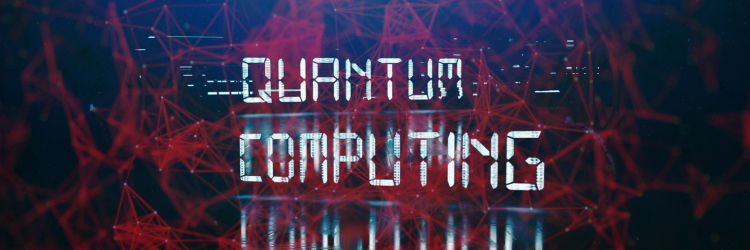A Quantum Error Correction Breakthrough
One of the major challenges to harnessing quantum computers’ potential is error correction. Qubits are highly susceptible to noise, which quickly degrades their quantum states. This makes it impossible to carry out computations with enough steps to be practically useful. Yet, error correction is difficult in quantum computers because reading the quantum state of a qubit causes the qubit to collapse.
Ways around this involve using error correction codes that spread each bit of quantum information across multiple physical qubits to create what is known as a logical qubit. This makes it possible to detect and correct errors in the physical qubits without impacting the information in the logical qubits. Until recently, however, it was assumed that it could take roughly 1,000 physical qubits to create each logical qubit; today’s largest quantum processors only have that many qubits, suggesting that creating enough logical qubits for meaningful computations is still a distant goal.
Microsoft and Quantinuum are making strides to reach that goal. A year ago, researchers from Harvard and startup QuEra showed they could generate 48 logical qubits from only 280 physical ones. The collaboration between Microsoft and Quantinuum takes this a step further. They can not only create logical qubits but use them to suppress error rates by a factor of 800 and carry out more than 14,000 experimental routines without a single error.
The researchers were working with Quantinuum’s H2 quantum processor, using trapped-ion technology, which is relatively small at just 32 qubits. However, by applying error correction codes developed by Microsoft, they were able to generate four logical qubits that only experienced an error every 100,000 runs. They were able to diagnose and correct errors without destroying the logical qubits using “active syndrome extraction,” which can read information about the nature of the noise impacting qubits rather than their state.
When researchers carried out multiple operations on a logical qubit, followed by error correction, they found that by the second round, the error rates were only half of those found in the physical qubits, and by the third round, there was no statistically significant impact. Microsoft points out that creating truly powerful quantum computers will require logical qubits that make errors only once every 100 million operations.
The findings mark a massive jump in error correction capabilities, suggesting that timelines for when we achieve fault-tolerant quantum computing may need to be updated.

